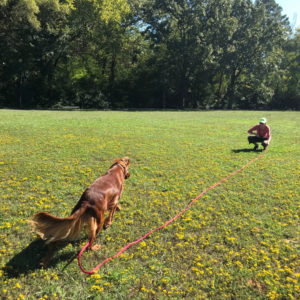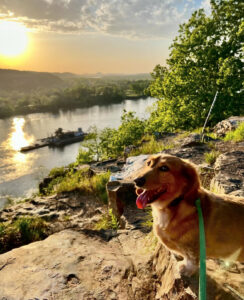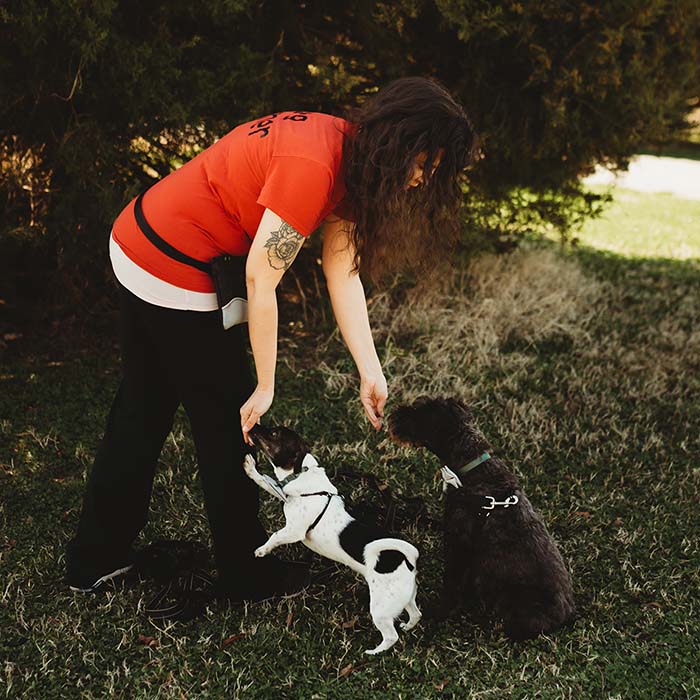Three Lessons from My Six Months as a Dog Walker
I wasn’t given a lot of tools as a dog walker, but I did start to learn
I sat in my car as the sun set.
I was almost back to the house where I was renting a room, but I wanted to return the phone call as soon as possible.
The owner of a dog walking business told me I had the job and asked when I could start, just as a family of raccoons crawled down a nearby tree.
It was a jolt of excitement for me, a win I needed that summer in 2016.
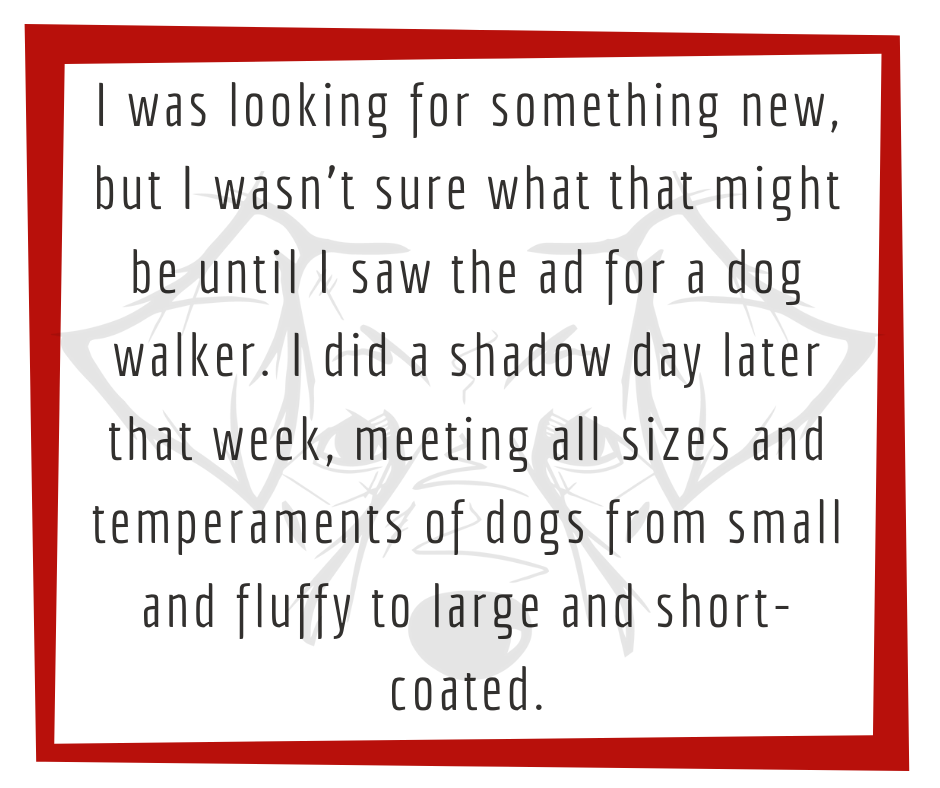
I was looking for something new, but I wasn’t sure what that might be until I saw the ad for a dog walker. I did a shadow day later that week, meeting all sizes and temperaments of dogs from small and fluffy to large and short-coated.
Once I was on my own, I had a mostly reliable routine during the mid-day. The new experience was exciting to start. Then, as the holidays impacted pet sitting responsibilities or new dogs were added, I started to see how little I knew about dog behavior and management.
Now, with several years of dog training experience, I can look back and see the lessons I started to learn:
Proper use of tools is important.
They were gorgeous: three labs in black, tan, and brown. They were always excited to see me and always ready for a walk. They were also powerhouses, all muscle, ready to get low to the ground and dig in to follow a scent or chase a squirrel. I could only walk them one at a time, holding onto them desperately as they tried to wrangle out of the leash.
The dog walking business used slip leads for the dogs, a leash that tightens when a dog pulls and releases when they ease up. When worn up high around the ears, it can provide control over the head without choking the dog–but I wouldn’t learn that for another year. Slip leads can also be used two different ways. One way means the lead will loosen when the dog stops pulling, which is important. The other way stays tight, regardless of what the dog does. There was no way they would slip out of the lead, but they also weren’t learning how to walk on a leash, either.
These days, with what I know now, I’d do more “this ways” and work on a “go sniff” command, using their desire to explore as the reward. And, if needed, I’d loop the leash around the dog’s body, using the lead as a makeshift harness that takes pressure off the neck if the dog is determined to pull regardless.
All dogs are different.
They were two little fluffy dogs, maybe part Havanese. One was older than the other, and he moved at this fun little pace of where he was trying very hard to walk quickly, but his joints were stiff. His younger sister was much more spry. But they both loved to explore the neighborhood and sniff.
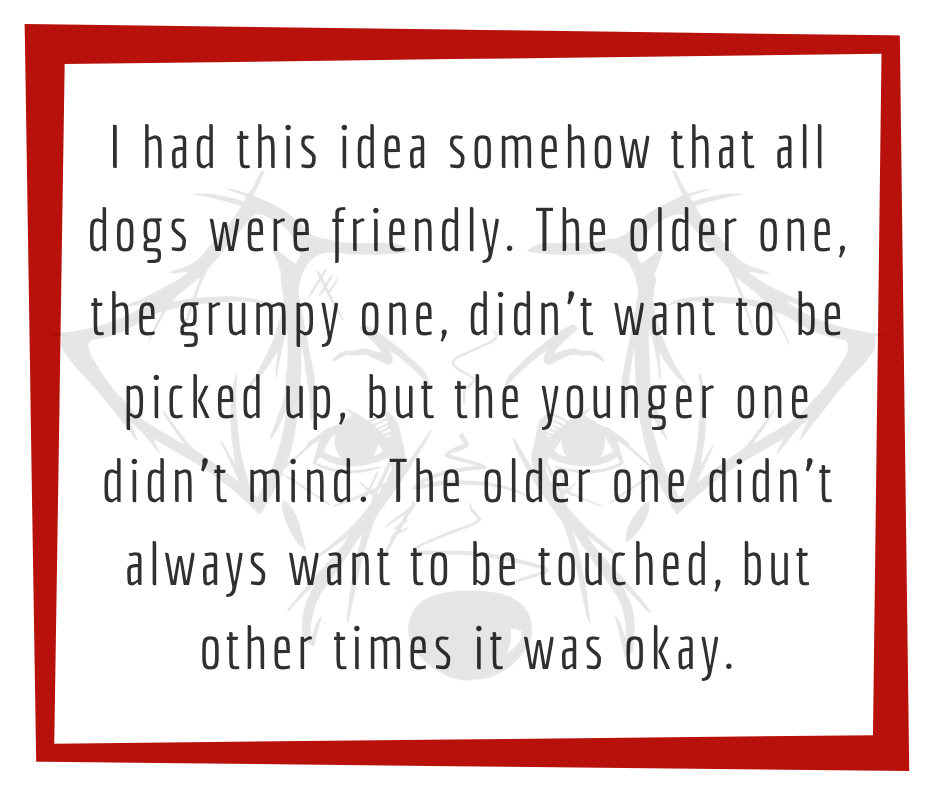
I had this idea somehow that all dogs were friendly, willing to play. The older one, the grumpy one, didn’t want to be picked up, but the younger one didn’t mind. The older one didn’t want to be touched at all sometimes, actually, but other times it was okay. He was never mean and didn’t ever try to bite, but he was pretty clear by walking away or wiggling away that he had things he liked and things he didn’t.
It helped that he was so clear. Most dogs aren’t, as I would find out later as a trainer. Sometimes it’s super subtle. Sometimes it’s a big trigger that always results in a bite. Sometimes they just don’t want to. Seeing two such distinctive personalities first helped me start to see how profound those preferences can be.
Patience and problem-solving are crucial.
She was young, a yellow Labrador, with an incredibly amount of energy. Her owners, a young couple, had divided up their house with gates and crates, and so many toys. But she was the sort of dog that could run for hours and still not be tired. Walking her was a challenge, and feeding her — well, any hands in the way were going to get smashed.
To this day, I’ve handled hundreds of dogs spanning all sorts of breeds and mixes, and when I think of the most challenging experiences I’ve had, Labradors come to mind immediately.
There was no way she would be okay with just one walk a day. As a dog walker without much experience, I was overwhelmed. As a dog trainer now, I know she needed extensive training.
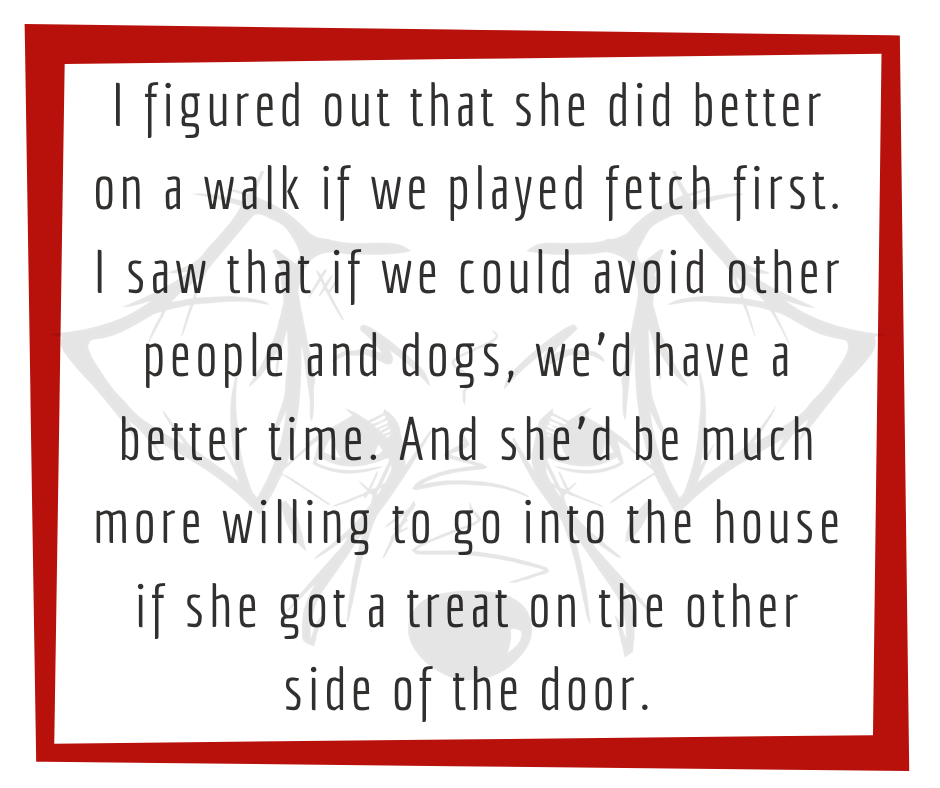
But I took each day one step at a time with her. By this point, I’d been dog walking for about four months, and I had a better understanding than when I’d started with the three labs. I figured out that she did better on a walk if we played fetch first. I saw that if we could avoid other people and dogs, we’d have a better time. And she’d be much more willing to go into the house if she got a treat on the other side of the door. It was all figuring out her personality and what she needed based on what I could offer at the time.
It was the foundation I needed to then move on to dog training, because dog walking was only ever meant to be an interim job, as I discovered later on. That was simply how the business model was set up. I walked dogs from August 2016 until February 2017, when it was time to go. A few months later, I found Philly Unleashed.
I still write for Philly Unleashed! Read my latest client spotlights. Group classes take place every Saturday at SoMa Animal Clinic. I also offer private in-home lessons in the Little Rock area and training walks for current clients. Email me at info@telltaildogtraining.com for more information.

